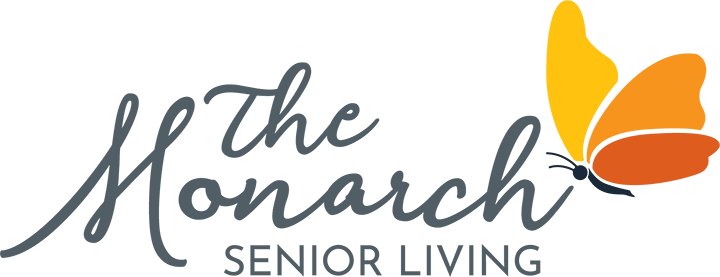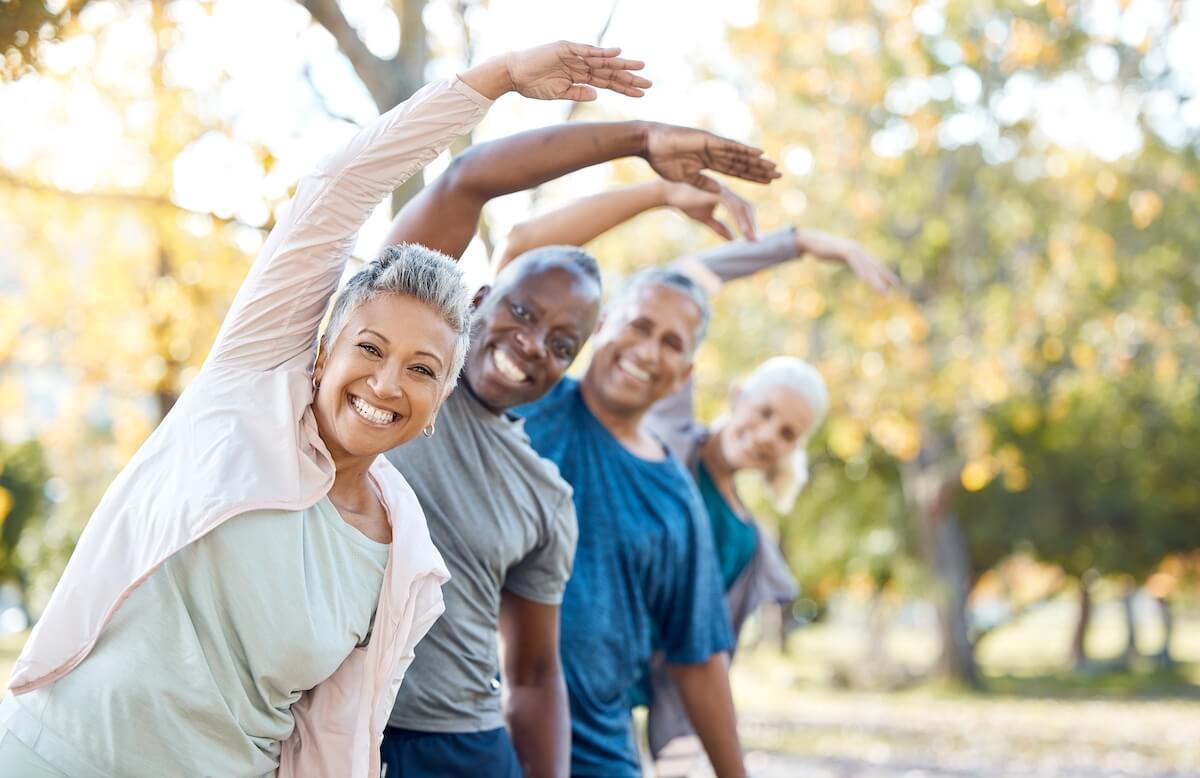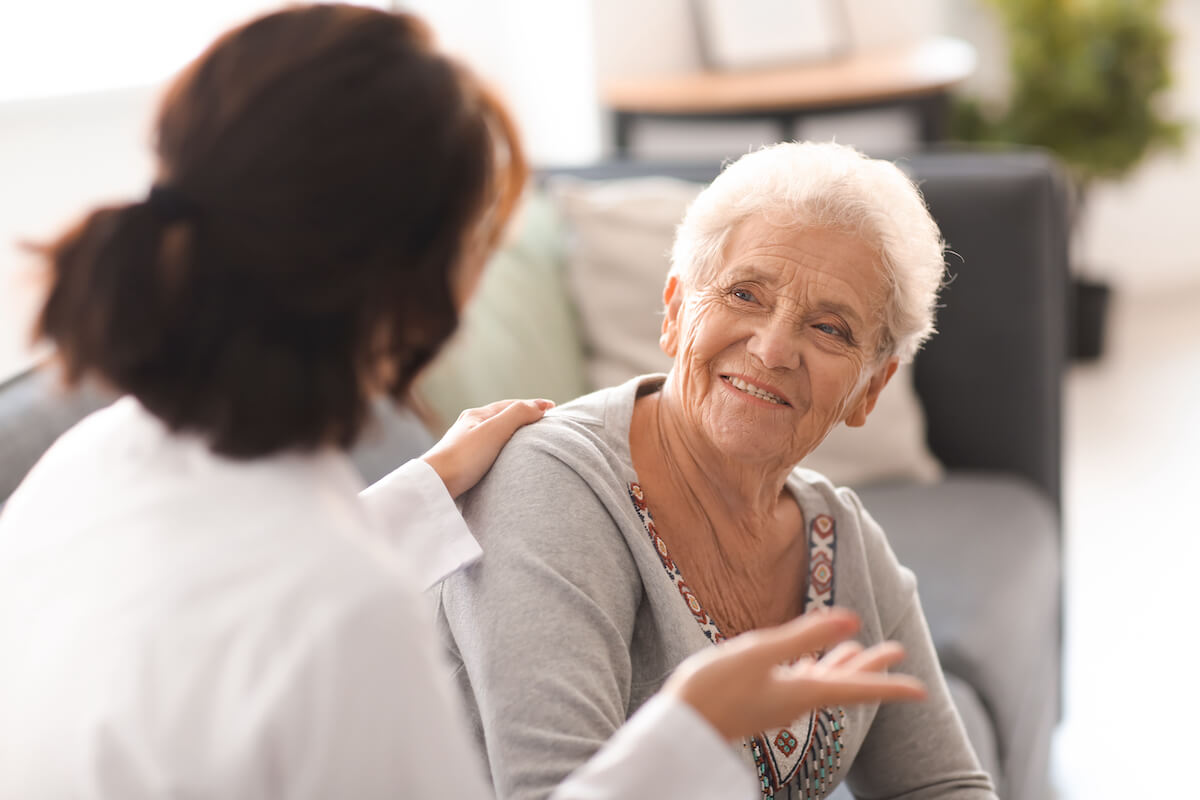Arthritis can often create hurdles for older adults, making everyday tasks feel daunting. However, movement remains vital for maintaining mobility, reducing stiffness, and enhancing overall strength. Arthritis and exercise may seem contradictory at first, but the right practices tailored to joint health can significantly relieve discomfort.
At The Monarch Senior Living, we believe that incorporating gentle exercises helps older adults pave the way toward more agile living, increased comfort, and the joy of movement. Our team is sharing practical arthritis-friendly exercises that are rewarding and easy to adopt.
Starting Safely with Arthritis and Exercise
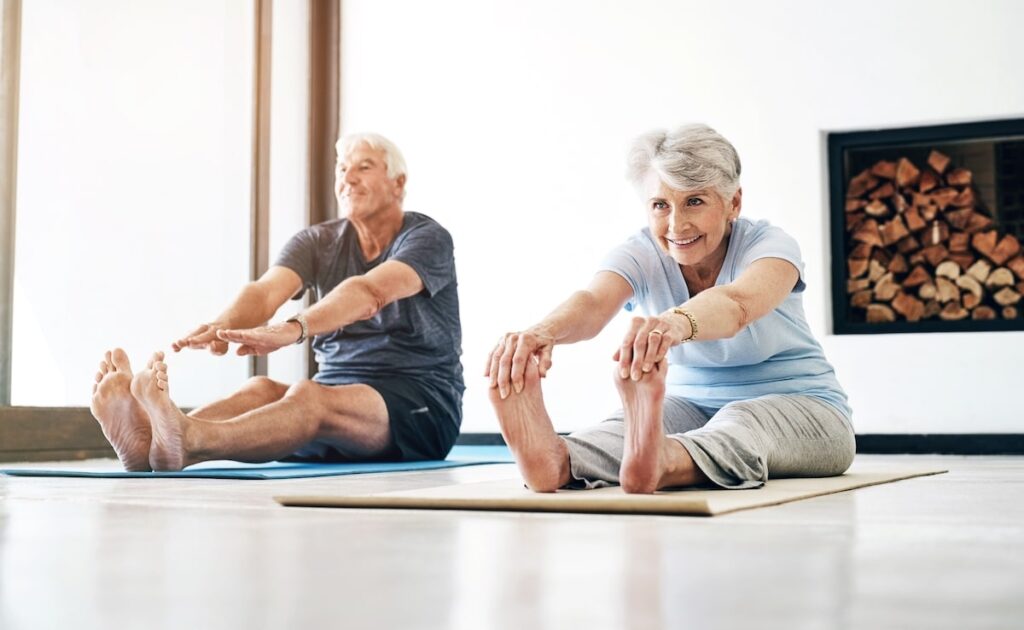
Before beginning any exercise venture, safety remains the top priority. Warming up is crucial for arthritis-friendly routines as it allows joints to ease into movement. This can involve gentle stretches or slow walking to increase circulation and prepare the body.
Choose a well-lit, clutter-free space to avoid accidents or unnecessary pressure on your joints. Depending on your needs, simple props, such as a chair for stability, can make movements less strenuous. It is also essential to start small with a few minutes of activity each day—consistency is more important than intensity.
7 Arthritis-Friendly Exercises
Hand Exercises: Making a Fist
Painfully stiff hands can make daily endeavors challenging for those facing arthritis. Making a fist is an excellent way to enhance finger mobility gradually. Regularly practicing this small motion can improve dexterity and help alleviate stiffness in the hands, making tasks that require fine motor skills easier.
To begin, stretch your hand out completely, spreading your fingers wide. Slowly curl them in, forming a gentle fist, but avoid squeezing. Once completed, straighten your hand back out. Repeat this motion several times on each hand.
Range-of-Motion: Neck Tilts
Arthritis often affects mobility in the upper body, including the neck. Neck tilts enable older adults to maintain or enhance their range of motion. This gentle exercise can reduce stiffness and tension in the neck region and is particularly helpful if arthritis has limited flexibility in this area.
Sit in an upright position on a sturdy chair. Slowly tilt your head to one side, bringing your ear closer to your shoulder—pause, then return to the center. Alternate sides. Keep the movement controlled and avoid any sudden or jerking actions.
Balance Training: Standing on One Foot
Building balance is vital for older adults and minimizes the risk of falls while enhancing joint stability. This practice not only fortifies the legs but also fosters confidence and stability.
To start, stand near a sturdy table or counter for support. Lift one foot off the ground, keeping your posture upright and your gaze forward. Hold for a few seconds (or longer as comfort allows) before lowering your foot. Switch sides.
Aerobic Exercise: Walking
Walking remains one of the most accessible and arthritis-friendly methods of keeping joints in motion. It improves circulation, strengthens muscles surrounding the joints, and provides a natural energy boost, making it an invigorating venture for those managing arthritis.
Start with a short walk around your house, down the street, or in a nearby park. Wear supportive footwear and maintain a steady, comfortable pace.
Strength Training: Arm Raises
Strengthening the muscles around your joints can significantly reduce pressure and improve function. Arm raises are a straightforward routine worth adding to your daily motion.
Seated or standing upright, hold a light weight or even a household item, like a water bottle, in each hand. With arms by your sides, raise them slowly outward to shoulder height, then lower them back down. Keep your movements deliberate and avoid overextending.
Flexibility: Stretching
Stretching helps maintain joint mobility while offering relief from tension and stiffness caused by arthritis. It keeps muscles and joints supple, helping reduce discomfort over time.
One simple stretch involves extending your arms forward and clasping your hands together. Gently push your palms outward, stretching your back and shoulders. Hold for a few seconds, then release and repeat.
Low Impact: Chair Yoga
Chair yoga combines the benefits of yoga’s breathing and relaxation with movements tailored for arthritis-friendly support. It promotes mental relaxation and improves overall body flexibility, making it an excellent addition to your day.
Begin seated on a stable chair with your feet flat on the floor. Simple postures, such as seated spinal twists or mindful shoulder rolls, can open up movement without straining your body.
Reclaiming Movement at The Monarch Senior Living
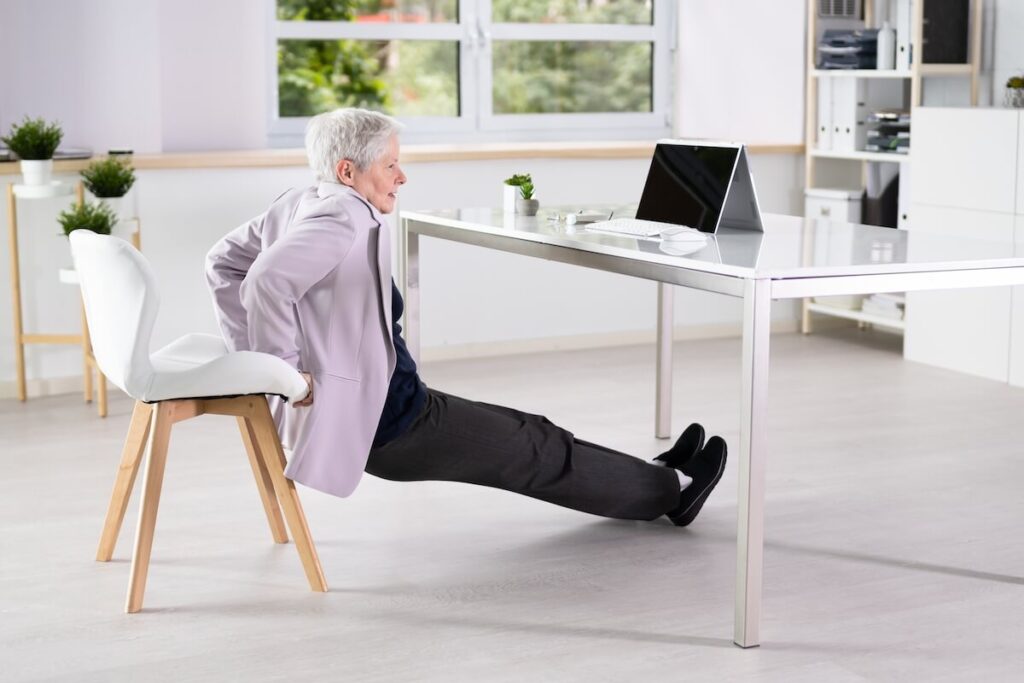
Our assisted living communities in Texas and Nevada play a pivotal role in encouraging older adults to stay active. Residents benefit not just from guided programs designed for arthritis management but also from personalized care that ensures routines are aligned with their evolving needs.
From specialized wellness programs to amenities that promote joint health and mobility, we strive to help residents with arthritis live comfortably and actively. Our assisted living communities offer access to gentle exercise routines, therapeutic practices, and caregivers trained to support daily tasks, ensuring residents feel safe, supported, and confident in their abilities.
—
Although arthritis and exercise may not seem like natural partners, they complement one another beautifully when approached correctly. Every gentle neck tilt, deliberate arm raise, or mindful stretch marks another step toward rediscovering the joys of movement and staying engaged in life’s endeavors.
If you’re considering the possibilities of assisted living communities, contact us at The Monarch Senior Living today and start exploring how our specialized programs can bring health, comfort, and connection to daily living.
